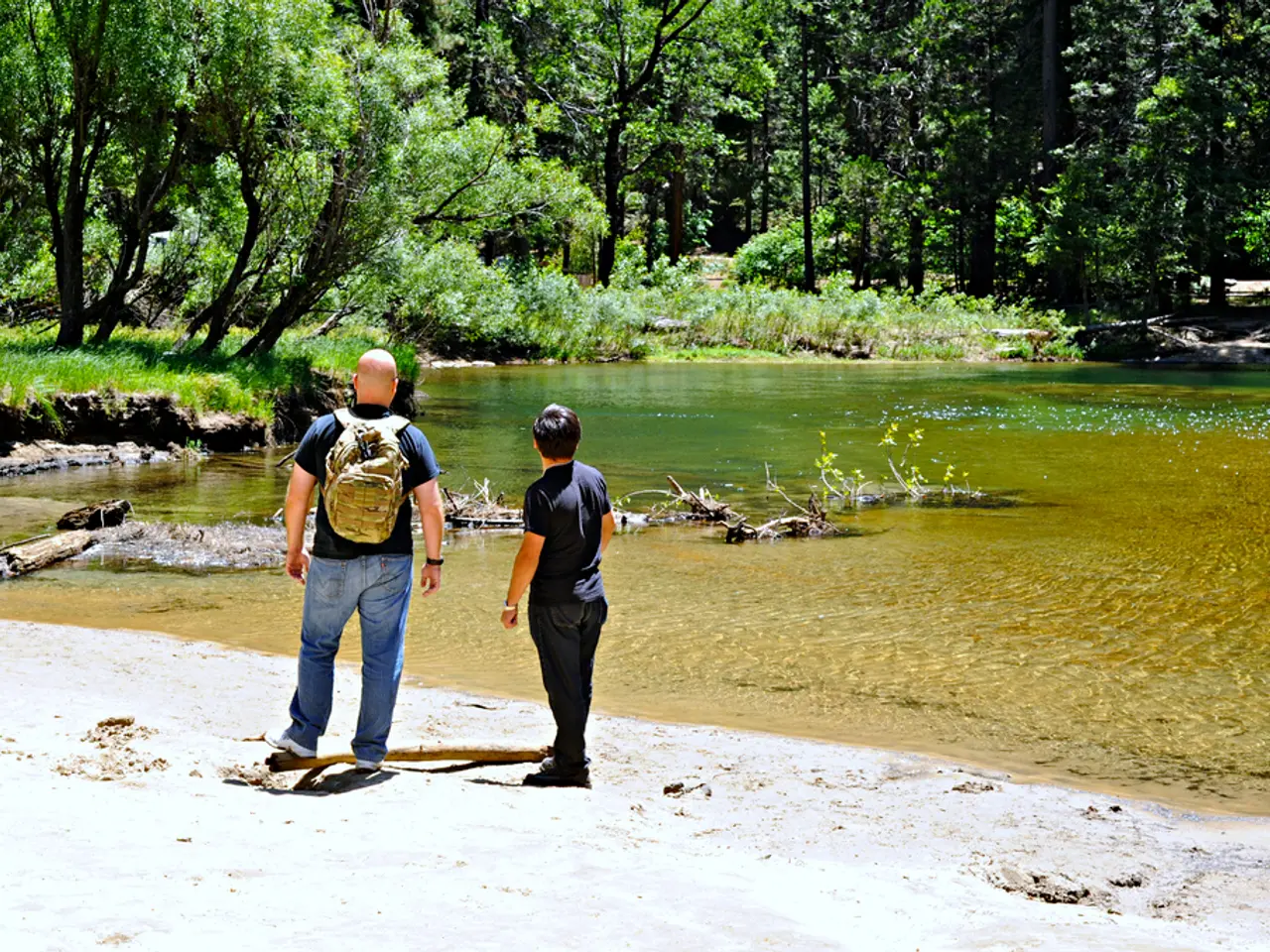Seven straightforward actions to initiate a savings account
In the pursuit of growing your savings, finding the right savings account is crucial. Here's a comprehensive guide to help you choose and open a high-yield savings account (HYSA) with low fees and high Annual Percentage Yield (APY).
1. Compare APYs
The first step is to seek the highest APY you can find. This will help maximize your interest earnings. Some top accounts in August 2025 offer around 4.3%-4.6% APY, such as Peak Bank with 4.44% APY and no monthly fees.
2. Review Fees
Ask for a full fee schedule to avoid surprise charges like maintenance or ATM fees. Some accounts waive fees if you maintain minimum balances.
3. Minimum Deposit Requirements
Some accounts require as little as $0 or $100 to open; lower minimums improve accessibility.
4. Interest Compounding Frequency
Prefer daily compounding to maximize earned interest, as it yields more interest over time.
5. Accessibility
Confirm the ease of transferring funds, withdrawal limits (typically six per month for savings), and whether ATM or debit card access is available. Mobile app availability enhances convenience.
6. Bank Reputation
Choose FDIC-insured banks with solid reviews and customer service.
7. Opening Process
Usually online, the process requires providing your Social Security number and valid ID. After approval, link your external bank account to transfer money either as a one-time or recurring deposit.
Following these practices will help balance earning high interest with minimizing fees and maintaining liquidity for your savings.
Tips for Setting Up a Savings Plan
- Choosing specific savings goals
- Setting a budget
- Automating savings transfers
Additional Considerations
- Some savings accounts charge a monthly maintenance fee that can be avoided by maintaining a minimum balance.
- APYs on savings accounts are typically variable, which means the rate can change at any time.
- It's often convenient to open a savings account at the same bank if you already have a checking account.
- Banks that are insured up to the limit allowed by law are important to consider. For banks, these will be accounts insured by the FDIC. For credit unions, these will be accounts insured by the NCUA.
- Banks may use ChexSystems when making approval decisions, and denied applicants can request a disclosure report to find out why.
- A savings account is a safe place to keep emergency funds or money for short-term financial goals.
- Taking the time to do comparison shopping can help you get the most out of your money when choosing a savings account.
- A joint account is an account owned with another person and offers benefits such as easier access to shared funds and higher FDIC insurance.
If a banking history is preventing someone from opening a savings account, they can look for a bank that offers second-chance accounts, which often come with standard checking account features. Shopping around for low fees, high APY, access to fee-free ATMs, branches, online and mobile banking services, and FDIC or NCUA insurance coverage is important when choosing a bank.
[1] Bankrate. (2021). How to choose a high-yield savings account. [online] Available at: https://www.bankrate.com/banking/savings/how-to-choose-a-high-yield-savings-account/
[2] Forbes Advisor. (2021). How to open a high-yield savings account. [online] Available at: https://www.forbes.com/advisor/banking/high-yield-savings-account/
[3] NerdWallet. (2021). How to open a high-yield savings account. [online] Available at: https://www.nerdwallet.com/blog/banking/how-to-open-a-high-yield-savings-account/
[4] CNBC. (2021). Best high-yield savings accounts of August 2021. [online] Available at: https://www.cnbc.com/select/best-high-yield-savings-accounts/
1. Explore the Banking-and-Insurance Industry
Understanding the various banks and financial institutions within the industry is essential to finding a trustworthy provider for your personal-finance needs, such as a high-yield savings account.
2. Utilize Online Resources
When researching potential savings accounts, take advantage of online guides, comparisons, and insights from respected financial authorities and publications like Bankrate, Forbes Advisor, NerdWallet, and CNBC to make informed decisions in the finance sector.




